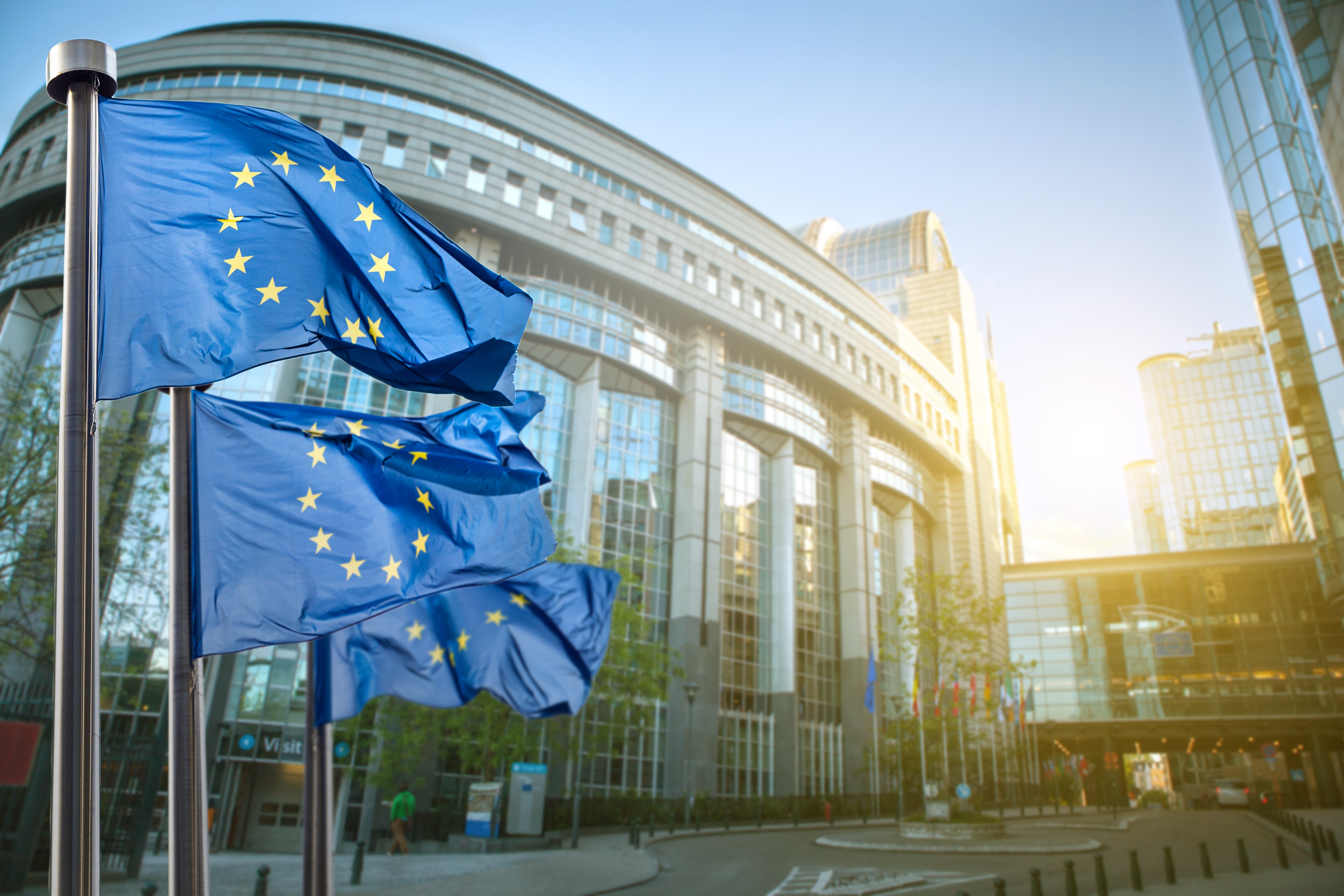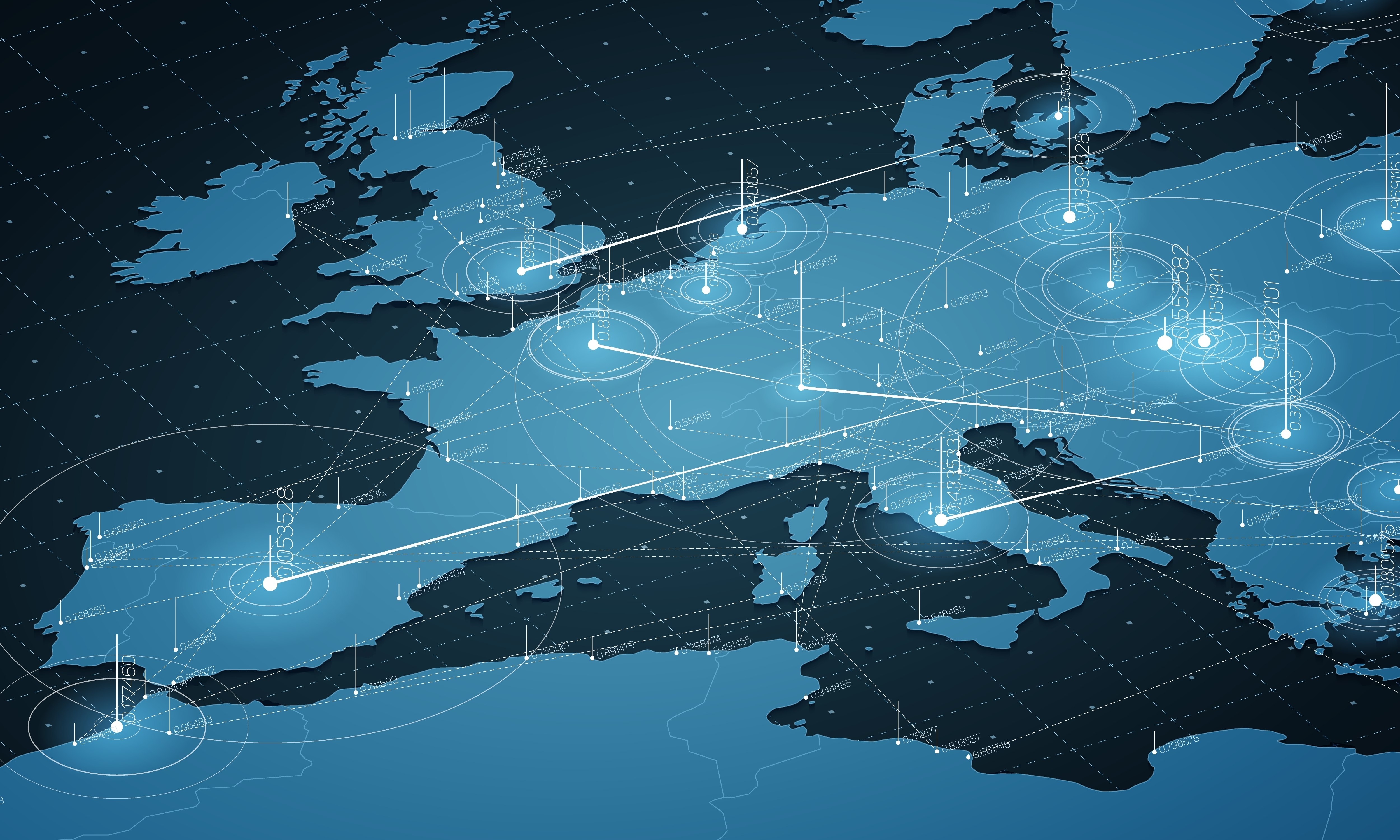Reneos: the European tailor-made solution for end-of-life batteries
Reneos is a European network specialising in the collection and recycling of batteries, and offering tailor-made solutions. Read more about it here
For decades, the EU has been aiming to score points in the environmental game. But some of its key players - vehicle and battery producers - are still unsure of their place on the playing field. On the one hand companies are encouraged to transition to sustainable activities, on the other they fear to get caught in a web of confusing, outdated legislation if they do. What if there was more clarity? Would the European players be more motivated to fully commit to the green team and win the game together? We’re about to find out, with the new European Battery Regulation finally on its way!
Keep on reading to find out what the proposal for the new Battery Regulation means for Europe’s ambitions, and discover your new producer responsibilities.
As far as the sustainable future is concerned, the European Union dreams big. Its visionary objectives are described in numerous documents:
The Roadmap to a Resource Efficient Europe (COM(2011) 571) outlines how we can transform Europe's economy into a sustainable one by 2050.
The circular economy will boost the EU’s competitiveness by protecting business against scarcity of resources and volatile prices, helping to create new business opportunities and innovative, more efficient ways of producing and consuming. (EU action plan for the Circular Economy, 2015)
The European Union aims to support businesses in their transition to sustainable activities.
The EU sees high potential for certain innovative industrial processes. In particular the ones where the waste of a certain industry becomes input for another’s production, or where certain products are remanufactured for reuse. The EU supports these promising developments through financing programmes such as Horizon 2020 (of which Reneos partners Bebat and Cobat are proud participants).

Horizon 2020 is the biggest EU Research and Innovation programme ever with nearly €80 billion of funding available over 7 years (2014 to 2020) – in addition to the private investment that this money will attract. It promises more breakthroughs, discoveries and world-firsts by taking great ideas from the lab to the market.
It’s no secret that it is Europe’s ambition to become more sustainable and less dependent on import of raw materials. Businesses that want to make the transition to more sustainable activities can count on the EU’s support. At first glance, this makes the circular route an attractive one for ambitious companies in the EV industry, but many of them remain hesitant as they try to cut their way through the jungle of outdated and confusing pieces of legislation.
The current legislative framework for batteries is built around the European Commission’s Directive 2006/66/EC. The problem starts with the nature of this document: ‘Directive’. In a Directive, the Commission creates a set of general objectives, but each Member State has the freedom to convert the Directive into its own legislation.
This leads to a lot of confusion for producers in Europe whose activities are spread across different European countries. For example, Denmark and Finland have a total prohibition of cadmium in batteries, whereas most other countries still allow a very small percentage of cadmium. Different countries also have different recycling rates: for example Belgium has a battery recycling rate of 59%, whereas Sweden has one of 55%.
And that’s not all. Egbert Lox from metals company Umicore, explains how differences between waste management directives and chemical management regulations have created an uneven playing field among the EU Member States:
From a logistics point of view, we have a kafkaesque situation in Europe, where there are even different rules between regions, trucks are being stopped where there aren’t any borders” (Euractiv, 2018).
Since most EV and battery manufacturers have activities in different European countries, you can imagine the confusion. What recycling efficiency to follow? How to transport batteries correctly? What materials to use in battery production? Where to get those materials?
Thankfully, the exit of the maze is finally in sight. All of these questions ought to be answered in one clear, legally binding document for all Member States of the EU: the new ‘Regulation of the European Parliament and of the Council concerning batteries and waste batteries’.
The aim of the new Regulation is to modernise the EU’s legislative framework for batteries. The previous Directive (2006/66/EC) is outdated, as it doesn’t take into account the rapid growth of the EV and battery industry. Demand for batteries is set to increase 14 fold by 2030. Naturally, there will be an equivalent increase in demand for raw materials, which explains Europe’s need to minimize their environmental impact.

Let’s take a look at the main differences between the Directive (2006/66/EC) and the new Regulation that is being proposed:
Simpler doesn’t always equal easier. Even though the new regulation will bring clarity, producers will get much more responsibility.
As a battery or EV producer, this is what’s expected to come your way:
One thing is clear: the future belongs to the companies who think innovatively, creatively and more than ever sustainably. This new regulation will bring challenges, opportunities, and possibly a lot of questions: How do I comply with the Regulation? How do I find a recycler that can guarantee the correct recycling efficiency? How do I prepare my end-of-life batteries for reuse? Where do I get the right materials for battery production? Reneos is happy to help.
Reneos has the largest network of EV battery collectors and recyclers in Europe.
Whatever your specific requirements are, we are happy to include them in a tailor-made plan for your company, within the legal framework.
Discover what Reneos can do for you: